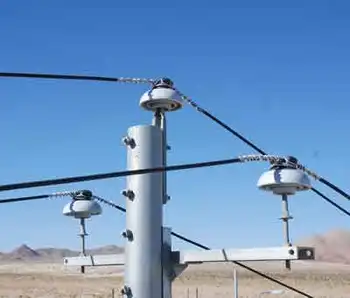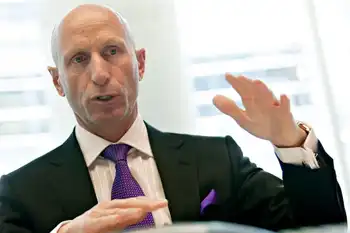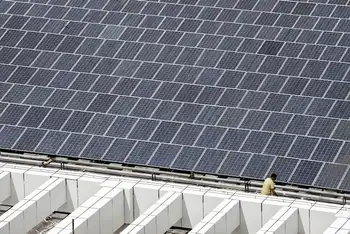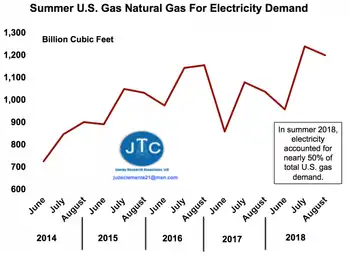Closure of 3 Southern California power plants likely to be postponed

Substation Relay Protection Training
Our customized live online or in‑person group training can be delivered to your staff at your location.

- Live Online
- 12 hours Instructor-led
- Group Training Available
California Gas Plant Extensions keep Ormond Beach, AES Alamitos, and Huntington Beach on standby for grid reliability during heat waves, as regulators balance renewables, battery storage, and power, pending State Water Resources Control Board approval.
Key Points
State plan extending three coastal gas plants to 2026, adding capacity as California expands renewables and storage.
✅ Extends Ormond Beach, AES Alamitos, AES Huntington Beach
✅ Mitigates blackout risk during extreme heat and peak demand
✅ Pending State Water Resources Control Board approval
Temperatures in many California cities are cooling down this week, but a debate is simmering on how to generate enough electricity to power the state through extreme weather events while transitioning away from a reliance on fossil fuels as clean energy progress indicates statewide.
The California Energy Commission voted Wednesday to extend the life of three gas power plants along the state’s southern coast through 2026, even as natural-gas electricity records persist nationwide, postponing a shutoff deadline previously set for the end of this year. The vote would keep the decades-old facilities _ Ormond Beach Generating Station, AES Alamitos and AES Huntington Beach — open so they can run during emergencies.
The state is at a greater risk of blackouts during major events when many Californians simultaneously crank up their air conditioning, such as a blistering heat wave, illustrated by widespread utility shutoffs in recent years.
“We need to move faster in incorporating renewable energy. We need to move faster at incorporating battery storage. We need to build out chargers faster,” commissioner Patricia Monahan said amid an ongoing debate over the classification of nuclear power in California. “We’re working with all the energy institutions to do that, but we are not there yet.”
The plan, put together by the state’s Department of Water Resources, still needs final approval from the State Water Resources Control Board, which may vote on the issue next week. Democratic Gov. Gavin Newsom signed legislation last year creating an energy reserve the state could use as a last resort if there is likely to be an energy shortage, a challenge mirrored by Ontario electricity shortfall concerns elsewhere. The law allowed the Department of Water Resources to fund or secure power sources in those instances, after PG&E shutdown reasons drew attention to grid vulnerabilities.
The commission acknowledged it was a difficult decision. Environmentalists say the state needs to transition to more short- and long-term solutions that will help it move away from fossil fuels and to rely more on renewable energy sources like solar and wind, similar to Ontario's clean power push in recent years. They’re also concerned about the health impacts associated with pollution from gas plants.











